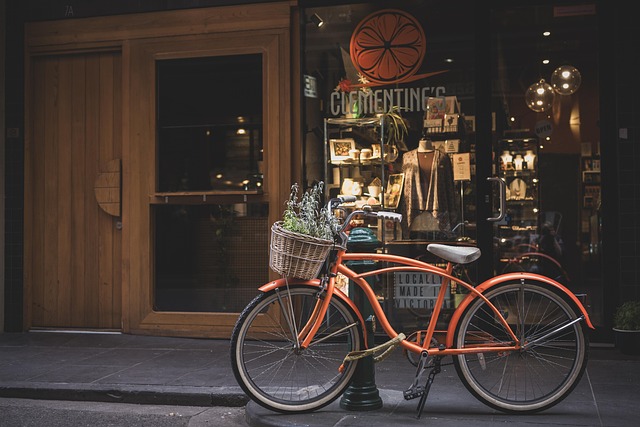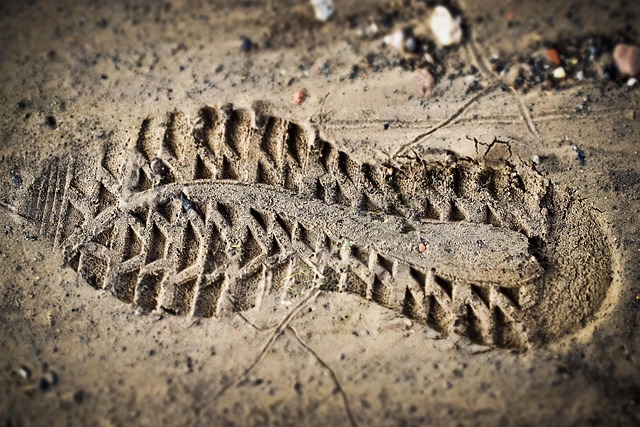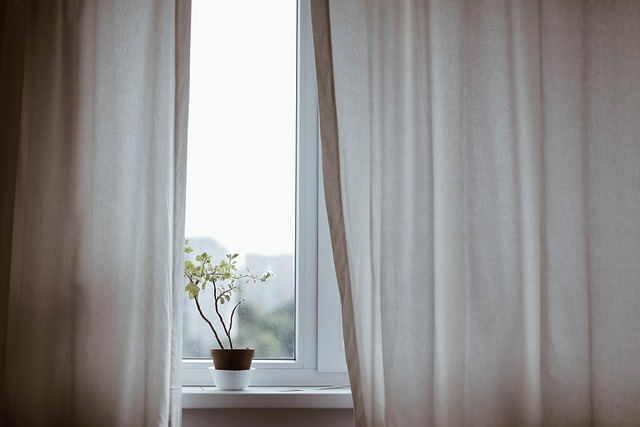In the bustle of modern metropolises, the quiet presence of plants often goes unnoticed. Yet, every leaf, stem, and petal contributes to a larger ecological tapestry that sustains the city’s health and well‑being. When cities intentionally weave green into their urban fabric, they create pockets of resilience, reduce pollution, and provide residents with a natural sanctuary. This article explores how cultivating sustainable urban plant life can transform cityscapes, nurture biodiversity, and foster a deeper connection between people and nature.
The Foundations of Sustainable Urban Plant Life
At its core, sustainable urban plant life is a practice that balances ecological integrity with human needs. It requires thoughtful selection of plant species, mindful landscape design, and ongoing stewardship that respects local climates and ecosystems.
- Native and Adaptive Species: Choosing plants that are naturally suited to the local environment reduces the need for irrigation, fertilizers, and pest control.
- Water‑Efficient Designs: Implementing rain gardens, permeable pavements, and drip irrigation helps conserve water while ensuring plants thrive.
- Resource‑Conscious Materials: Using recycled or sustainably sourced soils, mulch, and planting containers supports circular economies.
Benefits That Extend Beyond Aesthetics
While greenery undeniably enhances visual appeal, its advantages span far more than mere beautification.
“A city that does not protect its green space will soon be a city that loses its soul.” — Anonymous urban ecologist
The key benefits include:
- Improved air quality through the capture of particulates and greenhouse gases.
- Temperature regulation via shade and evapotranspiration, mitigating urban heat islands.
- Enhanced stormwater management, reducing flooding risks.
- Support for pollinators and other wildlife, fostering biodiversity.
- Psychological uplift and stress reduction for residents.
Implementing Sustainable Urban Plant Life: A Practical Guide
Transforming a city into a green haven requires collaboration among planners, architects, horticulturists, and community members. The following steps outline a practical approach to integrating sustainable plant life into urban environments.
Step 1: Assessing Site Conditions
Begin with a thorough analysis of soil quality, light exposure, wind patterns, and existing vegetation. This data informs plant selection and design layout.
Step 2: Selecting Plant Species
Choose a mix of trees, shrubs, perennials, and ground covers that reflect the region’s climate and soil. Incorporate flowers known for their pollinator appeal, such as lavender, cosmos, and marigold, to enrich the ecosystem.
Step 3: Designing with Function and Beauty
Apply principles of biophilic design: create pathways that invite exploration, shade structures that offer respite, and vertical gardens that maximize space. Ensure designs include native grasses and ornamental plants that require minimal maintenance.
Step 4: Water Management
Install rain barrels, permeable surfaces, and native plantings that can tolerate drought. Use mulch to lock in moisture and suppress weeds.
Step 5: Community Engagement
Encourage local participation through planting workshops, educational signage, and volunteer maintenance crews. When residents feel ownership, the sustainability of green spaces increases.
Case Studies: Cities Leading the Green Revolution
Several urban centers have become exemplars of sustainable plant life, showcasing how thoughtful greenery can reshape city living.
Singapore: The Garden City
Singapore’s Vision 2030 incorporates an array of vertical gardens, rooftop farms, and extensive tree canopies. The city’s “garden city” status is not just a slogan; it reflects a commitment to integrating nature into every corridor and building facade.
Portland: Urban Forest Initiatives
Portland’s urban forestry program focuses on planting native trees along streets and in parks, creating shade corridors that reduce heat and enhance biodiversity.
Melbourne: Sustainable Parks Network
Melbourne’s network of parks utilizes native flowering plants to attract pollinators while implementing efficient irrigation systems that cut water consumption by over 30% compared to traditional parks.
Challenges and Solutions in Urban Green Implementation
Despite the clear benefits, city planners face obstacles such as space constraints, funding limitations, and competing land uses. However, innovative strategies can overcome these barriers.
Overcoming Space Limitations
Vertical gardens, green roofs, and pocket parks make use of unconventional spaces, turning even small alleys into thriving ecosystems.
Financing Green Projects
Public‑private partnerships, green bonds, and community crowdfunding can provide the capital necessary for large‑scale planting initiatives.
Balancing Development and Ecology
Integrating environmental assessments into the early stages of urban development ensures that green spaces are protected rather than sacrificed.
Future Outlook: A Green Tomorrow
The trajectory of urban planning is unmistakably moving toward greater environmental integration. As climate change accelerates, cities that prioritize sustainable urban plant life will not only mitigate adverse effects but also create thriving, resilient communities.
By adopting the principles outlined here—grounded in native plant selection, water stewardship, community involvement, and innovative design—municipalities can transform concrete jungles into living, breathing ecosystems. The future of city living is green, and the seeds of that future are already sprouting beneath our feet.




